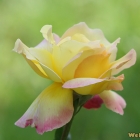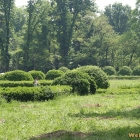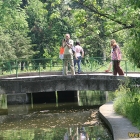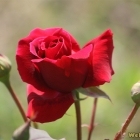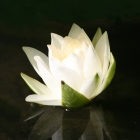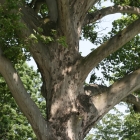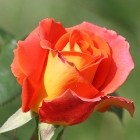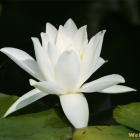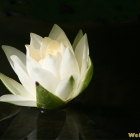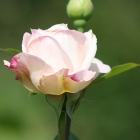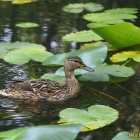The Botanical Gardens in Bucharest
Though a very relaxing place, the Botanical Gardens of Bucharest are surpassed in some areas by older parks such as Cismigiu Gardens or Herastrau. But in the 17 hectares of this garden there are some interesting areas that provide nice surprises, like the roses garden, the water-lily lake or the little animals that teem around.
The Botanic Garden was created in 1860, during the reign of Alexander Ioan Cuza, who unified Moldova and Wallachia as Romania. Cuza settled his residence at Cotroceni Palace, from whose domain the gardens were separated. The horticulturists from Bucharest University populated the garden with perennial species of plants – water-lilies, irises, herbs, tropical plants, cactus and trees.
In front of the Biology Faculty, inside the Gardens there can be seen the busts of two important local personalities for this field, Emanoil Teodorescu and Dimitrie Brandza. The latter organized the place together with Fuchs, a Belgian landscape artist, at the end of the 19 century.
The greenhouses of the Botanic Gardens condition some exotic plants, though the lack of recent investments is visible. In the middle of the garden there is a lake with little islands from which you can watch families of wild ducks or frogs that use the leaves as trampolines. It’s all like a miniature ecosystem that carries on its life ignoring the curious visitors. From centennial trees red chipmunks might leap from time to time amusing the children.
The rose garden is among the best maintained with diverse species of colorful roses obtained through controlled crossings. Of course, the spectacle varies from season to season, but from spring to fall you will see at least several species flowering.
Among the hundreds of species of roses we can distinguish several categories: garden roses (those sold in flower-shops), which bloom more than once, have thick stems and large flowers; thea remontanti – mini-roses, used in pots or in floral arrangements; rosa floribunda, rosa polyantha – decorative roses, which can be found in parks, with thin stems and numerous flowers; rosa canina, Damask rose, rosa rubrifolia.
A very common species in houses and even gardens in Romania is the Japanese Rose (Camellia Japonica) with a flower similar to white or pink carnation.
Species of water lilies (Nymphaea) are distinguished by flower color from pure white of a Nymphaea Alba (Albatross, Gonnere, Helvola) to pink (Pink Sensation, Marliacea Rosea, Rubra, Madamme Wilfon) yellow (Joey Tomocik, Chromatella), purple (Rose Arey, Fire Crest, Sioux, Charles de Merville, Conqueror, Red Spider) pale colors (Holland) or switched (James Brydon, Attraction).
The lotus (Nelumbo) is also a variety of water-lily, which has similar flowers, but differs in leaf shape.
Water lilies grow without human intervention in several places in Romania such as the Danube Delta and various lakes protected by law. In order to grow they need calm water, they oxygenate and purify it by eating green algae that give the appearance of standing water, and lots of sunshine. Water lilies can be planted in an artificial pond, by planting tubers that give them fastidious long roots in pots covered with gravel to keep the soil. The secret of survival of these just apparently fragile plants is a very long stem that connects the roots at the bottom of the water to leaves and flowers floating on the surface.
Mai multe despre: Nature, Romania • Botanic Gardens • Bucharest • flowers • Romania • roses- Home Page
start page - Architecture
landmark buildings - Sacred architecture
places of worship - Nature
landscape photography - Concert
performing artists - Christmas
Santa Claus pictures
- Jooble
jobs for photographers - Escape
an out of control blog - Merry Christmas
The best organizer of Christmas parties - Astro photo
Eclipse hunting and astrological photography


